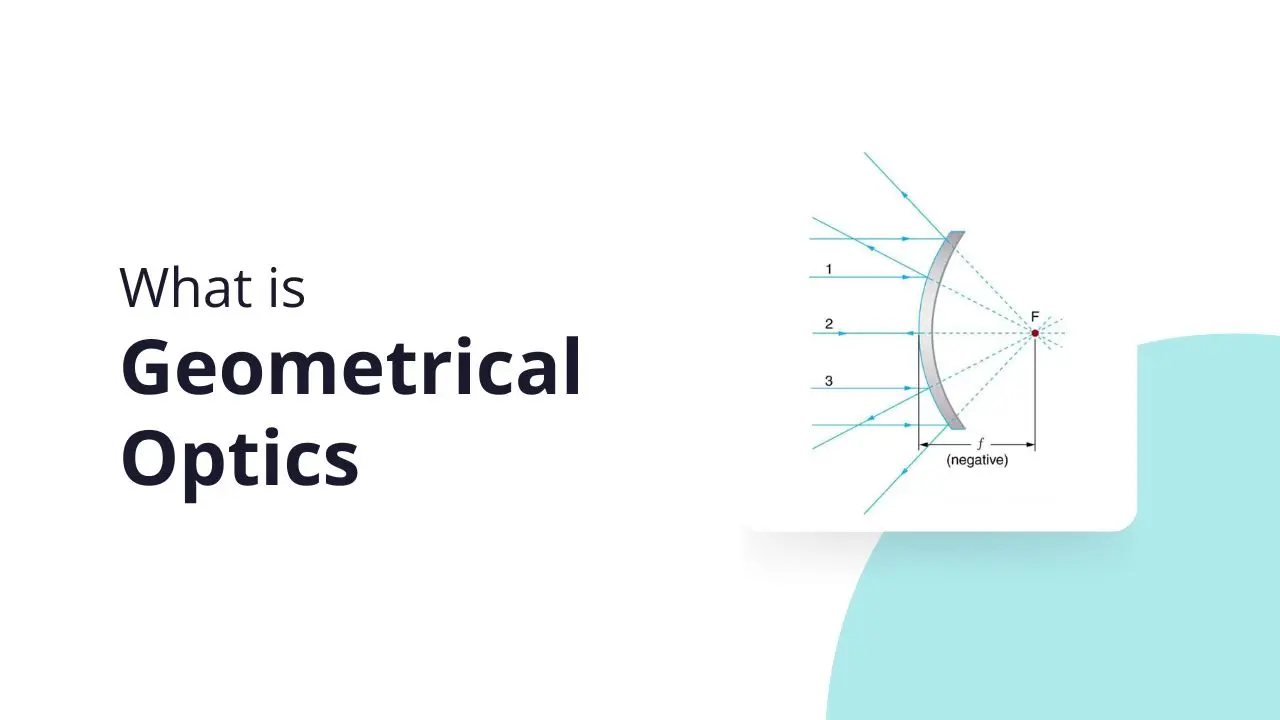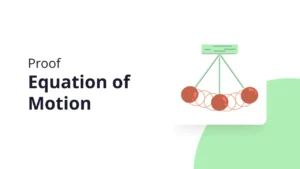The branch of optics that deals with light as rays (as opposed to its physical nature), especially in reflection and refraction; contrasted with physical optics.
Note that when we only have to look as far as the nearest bathroom to find an example of an image formed by a mirror. Images in flat mirrors are the same size as the object and are located behind the mirror.
Related Posts:
Now let us consider the focal length of a mirror—for example, the concave spherical mirrors in Figure 1. Rays of light that strike the surface follow the law of reflection. For a mirror that is large compared with its radius of curvature, as in Figure 2a, we see that the reflected rays do not cross at the same point, and the mirror does not have a well-defined focal point. If the mirror had the shape of a parabola, the rays would all cross at a single point, and the mirror would have a well-defined focal point. But parabolic mirrors are much more expensive to make than spherical mirrors. The solution is to use a mirror that is small compared with its radius of curvature, as shown in Figure 2b. (This is the mirror equivalent of the thin lens approximation.) To a very good approximation, this mirror has a well-defined focal point at F that is the focal distance f from the center of the mirror. The focal length f of a concave mirror is positive, since it is a converging mirror.

Figure 1. (a) Parallel rays reflected from a large spherical mirror do not all cross at a common point. (b) If
The convex mirror shown in Figure 2 also has a focal point. Parallel rays of light reflected from the mirror seem to originate from the point F at the focal distance f behind the mirror. The focal length and power of a convex mirror are negative, since it is a diverging mirror.

Figure 2. Parallel rays of light reflected from a convex spherical mirror (small in size compared with its radius of curvature) seem to originate from a well-defined focal point at the focal distance f behind the mirror. Convex mirrors diverge light rays and, thus, have a negative focal length.



